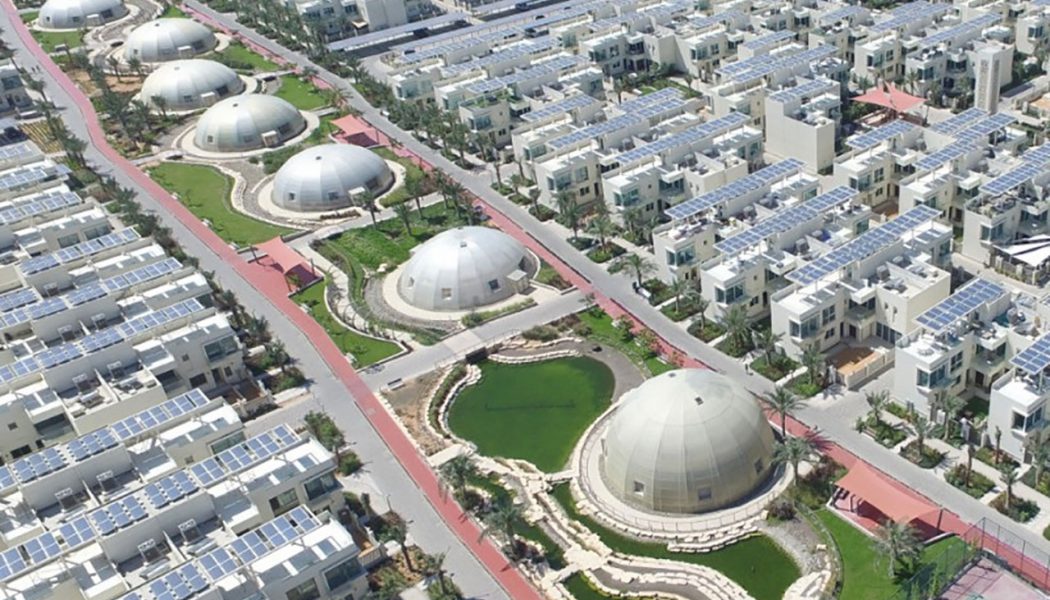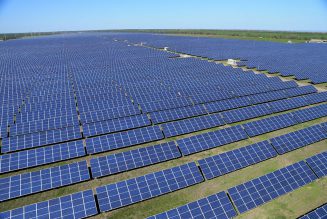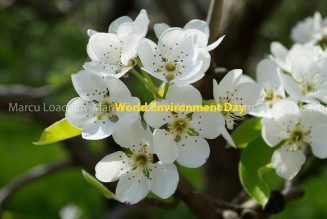Sustainable Architecture is planning, designing and constructing buildings and other structures which minimizes the negative Environmental Impacts of buildings.
Objectives
The main objectives of Sustainable Architecture are
- Reduce and/or avoid depletion of Critical Resources
- Prevent Environmental Degradation
- Create livable, comfortable, safe and productive environment
Buildings use Critical Resources like Energy, Water, Raw Materials. They generate Waste during Construction, Occupancy and while Demolition. The fundamental function of Land and its ability to absorb and capture water may be changed.
Building construction and related operations can have extensive direct and indirect impacts. These can be on the Environment, Society and Economy which are termed as the 3P’s (People, Planet and Pocketbook). Sustainable Design tries to bring a balance in these three areas by using appropriate design solutions.
Design and Optimization
Sustainable Building Designs involves the following
- Thermal Modeling
- Optimizing Energy use
- Rain and Ground Water Conservation and Management
- Optimizing the Site Potential
- Enhanced Indoor Environment Quality
- Optimizing the Building Space and usage of Materials
- Optimize the Operational and Maintenance Practices
The ambient temperature for humans must be maintained in a building. Engineers choose the right materials and structures for maintaining the temperature variations. Natural day-night heating and cooling cycles of the building are used to minimize artificial heating, cooling and air conditioning. Using the Thermal Modeling they study how the temperature varies from room to room during day, night and different seasons.
Solar Panels and LED Lighting can be used to optimize the Energy use.
By collecting and reusing the rain water, we can avoid environmental issues and at the same time reduce the usage of ground water.
The location, orientation and landscaping plays a big role in the effect on local ecosystems, transportation methods and energy use.
Occupant health depends upon the Indoor Environment Quality. Proper lighting, ventilation, moisture control are to be achieved.
Materials must be chosen to minimize pollution, conservation of resources and maximize their value.
Improved working environment, higher productivity, reduced energy and resources cost as well as prevention of system failures must be of utmost importance.
The Dubai Sustainable City is a perfect example for the Sustainable Design and Architecture.









